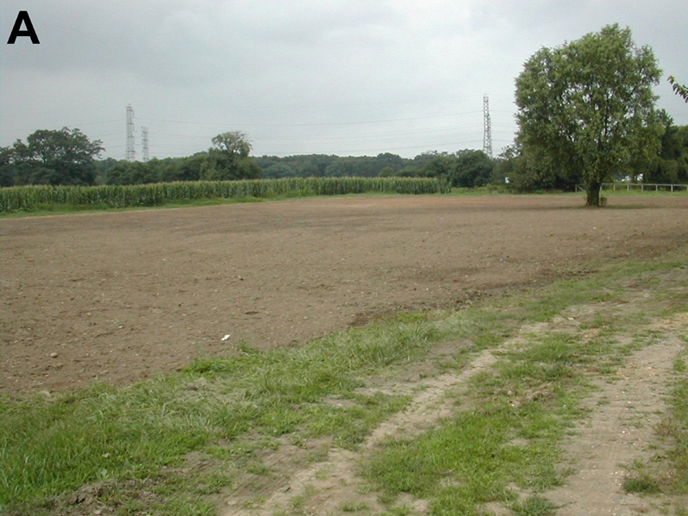
Tilled soil
Forage Demonstration Plots
Forage Demonstration Plots
The subject of horse pasture, probably more than any other area of agriculture, is loaded with misinformation, myths, and old wives’ tales. Horse property owners are continuously confronted with pasture management decisions that ultimately affect the productivity, persistence and appearance of their pastures. An understanding of pasture species, growth habits, and specific growing conditions is required for proper species selection and management.
Many horse owners often ask what forage grasses are suitable for use in New Jersey pastures. Additionally, many people are unfamiliar with what different forage grasses look like. In an effort to familiarize horse owners with available pasture grasses a demonstration plot was established at the Ryders Lane facility, unfortunately over the past few years the grasses have deteriorated, therefore even though this site has good information for your use, the actual plots are in need to renovation. Check back next year for newly established plots.